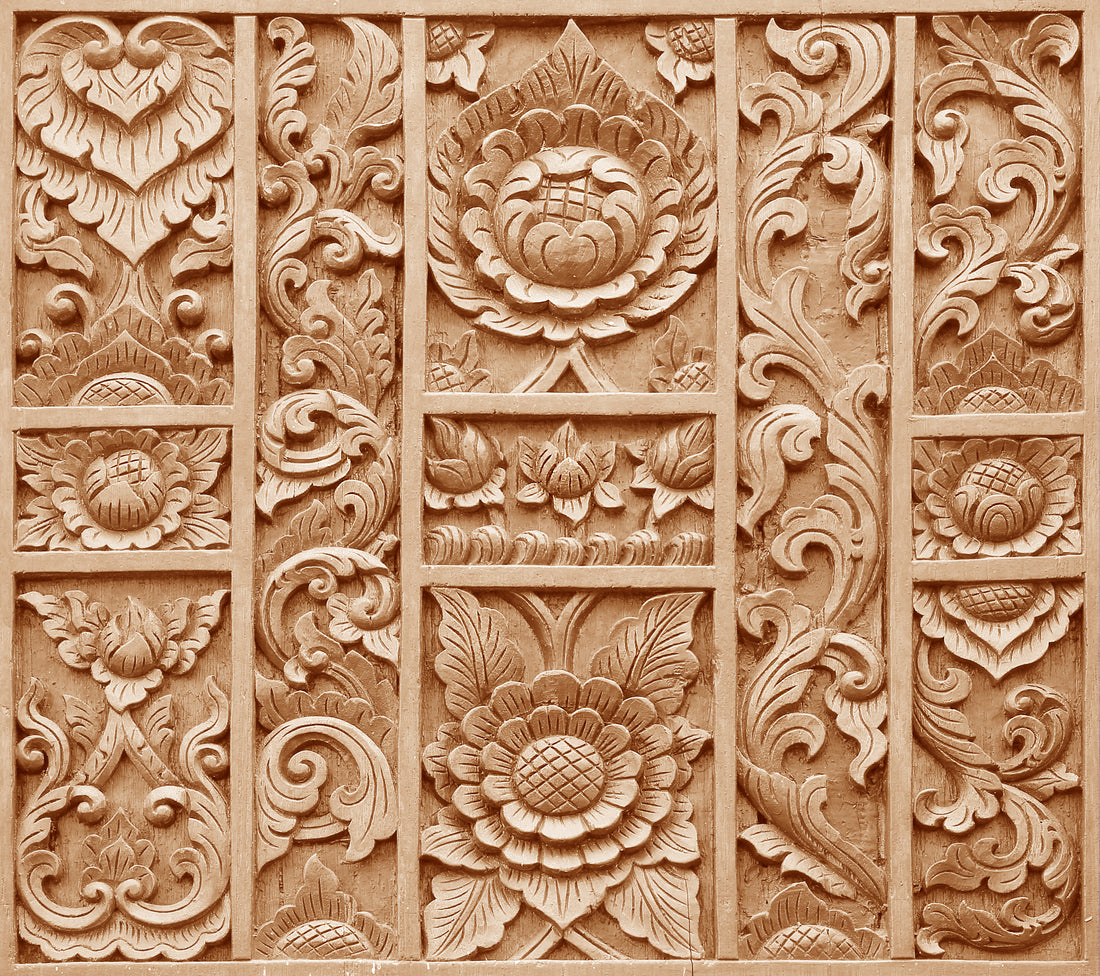What makes Saharanpur the ‘wood carving city of India’?
The answer is simple. The 1,50,000 artisans who call it home make it the wood carving city of India. As far as the quality of raw material, craftsmanship, wood finishes, design, functional clarity, costing and overall appearance comes into play, the wooden artifacts of Saharanpur have no match. The humongous talent and enormous experience of the artists give them the classic edge over others.
Saharanpur, a small town in the lap of the Shivalik hills in Uttar Pradesh, biggest and most populous state of India, makes for one of the finest wood carving and wooden handicraft market. This is where the narrow alleys treat you with the sounds of sawing, sanding and you can meet some of the best carpenters-cum-artisans. Khatakheri is the area where they can be seen busy fretting, fitting and chiselling wood into amazing pieces of art work. For generations, the artists of Saharanpur have been producing exemplary works with amazing aesthetic expression.
Saharanpur’s wooden artefacts have not only created an impact locally, but globally too. The products are loved all across the globe and is one of the biggest and finest exports from the culture rich nation.. The artists not only make the regular products like furniture, candle holders, trays, wood blocks, photo frames, screens, room-dividers, tableware, boxes, mirror frames, bookshelves, pen stands, religious products, toys but also, beautiful heritage doors, gold intricate furniture pieces and royal souvenirs.
Types of Wood and the Skillset
Mangowood is the perfect raw material for fine decorative carving and inlay work. There are many varieties of timber available in India and each brings in its strengths and salient features. Sheesham has been an all-time favourite of the craftsmen because of its solid quality and density however it is a highly regulated wood. Mango wood on the other hand makes for a more sustainable and durable option. More on this in another blog.Innovation and creativity are the key here. In a world where we are spending more and more time at home, everyone is particular of shopping for premium quality, long lasting appeal, easy to use and relevant home décor. The artisans of Saharanpur know their job well and are known for their magical hands. They work all day long to turn their products into enviable creations. To make one fine piece, an artisan takes care of everything, from sanding to buffing, rubbing of putty, smoothening, polishing, etc. Thus, the finished products turn out to be smooth and shiny as silk. It may come as a surprise but a lot of trends which have become a rage in the décor world indeed originate from this city where the artisans are constantly innovating and creating.
A brush up with history
This commercial district in the state of Uttar Pradesh has been known for its strong cultural roots. History tells us that Afghani artisans had settled at the outskirts of Saharanpur in the 15th century. And this is how this craft evolved. As far as the popularity of the craft goes, some old history records show that the craft evolved in the late nineteenth century. Many of these craftsperson are Kashmiri descendants. The jaali work and the vine leaf pattern is a favourite among the designs. The influence of Indo-Persian-Islamic style cannot be denied. The use of motifs like trees, leaves, creepers, etc suggest other royal influences as well.Wood crafting has been going for ages but it is not a family profession in Saharanpur. Not everyone passes on the legacy to their children. In fact, it is more about the teacher (Ustaads) finding their right students. For some, it is passion. For others, it is a skill that earns them bread and butter. It is impressive to see how this craft has stood through the trends and urbanization. In the current scenario, it is also very good to see that tradition and technology have joined hands to meet the demands of the modern business.
Henceforth, whenever you are buying any wooden artefact, don’t miss to think about the artisans from Saharanpur.
Check out our modern day wooden work by our talented artisans @ Wooden Serveware.

